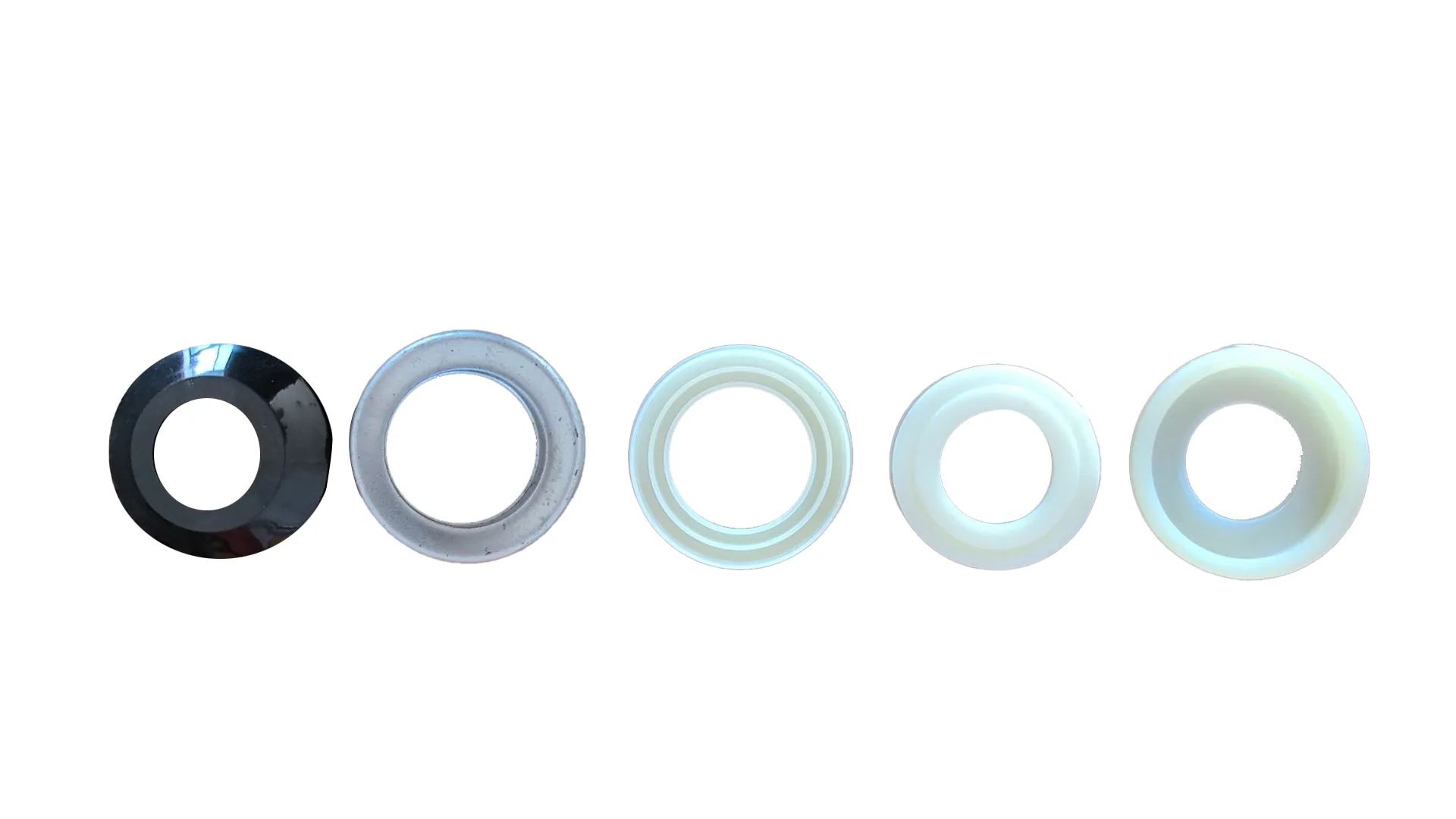 Afrikaans
Afrikaans  Albanian
Albanian  Amharic
Amharic  Arabic
Arabic  Armenian
Armenian  Azerbaijani
Azerbaijani  Basque
Basque  Belarusian
Belarusian  Bengali
Bengali  Bosnian
Bosnian  Bulgarian
Bulgarian  Catalan
Catalan  Cebuano
Cebuano  Corsican
Corsican  Croatian
Croatian  Czech
Czech  Danish
Danish  Dutch
Dutch  English
English  Esperanto
Esperanto  Estonian
Estonian  Finnish
Finnish  French
French  Frisian
Frisian  Galician
Galician  Georgian
Georgian  German
German  Greek
Greek  Gujarati
Gujarati  Haitian Creole
Haitian Creole  hausa
hausa  hawaiian
hawaiian  Hebrew
Hebrew  Hindi
Hindi  Miao
Miao  Hungarian
Hungarian  Icelandic
Icelandic  igbo
igbo  Indonesian
Indonesian  irish
irish  Italian
Italian  Japanese
Japanese  Javanese
Javanese  Kannada
Kannada  kazakh
kazakh  Khmer
Khmer  Rwandese
Rwandese  Korean
Korean  Kurdish
Kurdish  Kyrgyz
Kyrgyz  Lao
Lao  Latin
Latin  Latvian
Latvian  Lithuanian
Lithuanian  Luxembourgish
Luxembourgish  Macedonian
Macedonian  Malgashi
Malgashi  Malay
Malay  Malayalam
Malayalam  Maltese
Maltese  Maori
Maori  Marathi
Marathi  Mongolian
Mongolian  Myanmar
Myanmar  Nepali
Nepali  Norwegian
Norwegian  Norwegian
Norwegian  Occitan
Occitan  Pashto
Pashto  Persian
Persian  Polish
Polish  Portuguese
Portuguese  Punjabi
Punjabi  Romanian
Romanian  Russian
Russian  Samoan
Samoan  Scottish Gaelic
Scottish Gaelic  Serbian
Serbian  Sesotho
Sesotho  Shona
Shona  Sindhi
Sindhi  Sinhala
Sinhala  Slovak
Slovak  Slovenian
Slovenian  Somali
Somali  Spanish
Spanish  Sundanese
Sundanese  Swahili
Swahili  Swedish
Swedish  Tagalog
Tagalog  Tajik
Tajik  Tamil
Tamil  Tatar
Tatar  Telugu
Telugu  Thai
Thai  Turkish
Turkish  Turkmen
Turkmen  Ukrainian
Ukrainian  Urdu
Urdu  Uighur
Uighur  Uzbek
Uzbek  Vietnamese
Vietnamese  Welsh
Welsh  Bantu
Bantu  Yiddish
Yiddish  Yoruba
Yoruba  Zulu
Zulu rubber lagging roller
The Importance of Rubber Lagging Rollers in Modern Industry
In the realm of modern manufacturing and material handling, the efficiency of machinery plays a vital role in achieving high productivity levels
. One of the unsung heroes in this domain is the rubber lagging roller. This engineering component offers numerous advantages that significantly enhance the performance and longevity of conveyor systems and various industrial equipment.Rubber lagging rollers are typically used on conveyor belts, providing a crucial interface between the belt and the roller. The lagging, made from high-quality rubber material, is bonded to the roller's surface. This strategic design offers several benefits, including increased friction, reduced wear and tear, and improved overall belt alignment.
One of the primary advantages of rubber lagging is the enhanced friction it provides. In many industrial applications, particularly those involving heavy materials, the grip between the conveyor belt and the roller is essential for efficient operation. Without adequate friction, the belt may slip, leading to downtime and increased operational costs. Rubber lagging increases the coefficient of friction, ensuring that materials are transported smoothly and reducing the chances of slippage.
In addition to increasing friction, rubber lagging also serves to protect the roller itself from wear. Many industrial environments expose equipment to harsh conditions, including abrasive materials, extreme temperatures, and heavy loads. Over time, these conditions can cause significant damage to metal rollers. Rubber lagging acts as a protective layer, absorbing impacts and reducing the effects of abrasion. This not only extends the lifespan of the roller but also decreases maintenance costs over time.
rubber lagging roller

Another critical function of rubber lagging is its role in maintaining belt alignment. Misalignment of conveyor belts is a common issue that can lead to excessive wear on the belt and components, inefficiencies in material transfer, and even catastrophic failures. The rubber provides a cushioning effect, allowing for minor misalignments to be absorbed without causing significant damage. This flexibility is crucial in harsh operational environments, where slight variations in positioning can lead to larger problems.
Moreover, rubber lagging can be tailored to specific applications. Different types of rubber compounds can be used to suit particular environmental conditions, ranging from oil-resistant compounds for environments with exposure to hydrocarbons to heat-resistant formulations for high-temperature applications. This versatility makes rubber lagging an indispensable choice for a wide range of industries, including mining, agriculture, and manufacturing.
The installation of rubber lagging is relatively straightforward, and existing equipment can often be retrofitted without significant alterations. This feature makes it an appealing choice for businesses looking to enhance their existing equipment without the need for costly upgrades. The benefits of rubber lagging can often be realized quickly, leading to a rapid return on investment.
Aside from technical advantages, rubber lagging also contributes to safety in industrial environments. By reducing the risk of equipment failure and associated accidents, companies can operate more confidently, ensuring a safer workplace for their employees.
In summary, rubber lagging rollers play a crucial role in enhancing the efficiency and longevity of conveyor systems in various industries. Their capacity to provide increased friction, reduce wear and tear, maintain belt alignment, and adapt to various environmental conditions makes them an essential component. As industries continue to evolve and demand for efficiency rises, the significance of rubber lagging rollers is expected to grow, solidifying their place in modern industrial applications. By investing in quality rubber lagging, businesses can ensure smoother operations, reduced maintenance costs, and safer work environments, ultimately contributing to overall productivity and success.
-
Revolutionizing Conveyor Reliability with Advanced Rubber Lagging PulleysNewsJul.22,2025
-
Powering Precision and Durability with Expert Manufacturers of Conveyor ComponentsNewsJul.22,2025
-
Optimizing Conveyor Systems with Advanced Conveyor AccessoriesNewsJul.22,2025
-
Maximize Conveyor Efficiency with Quality Conveyor Idler PulleysNewsJul.22,2025
-
Future-Proof Your Conveyor System with High-Performance Polyurethane RollerNewsJul.22,2025
-
Driving Efficiency Forward with Quality Idlers and RollersNewsJul.22,2025





























